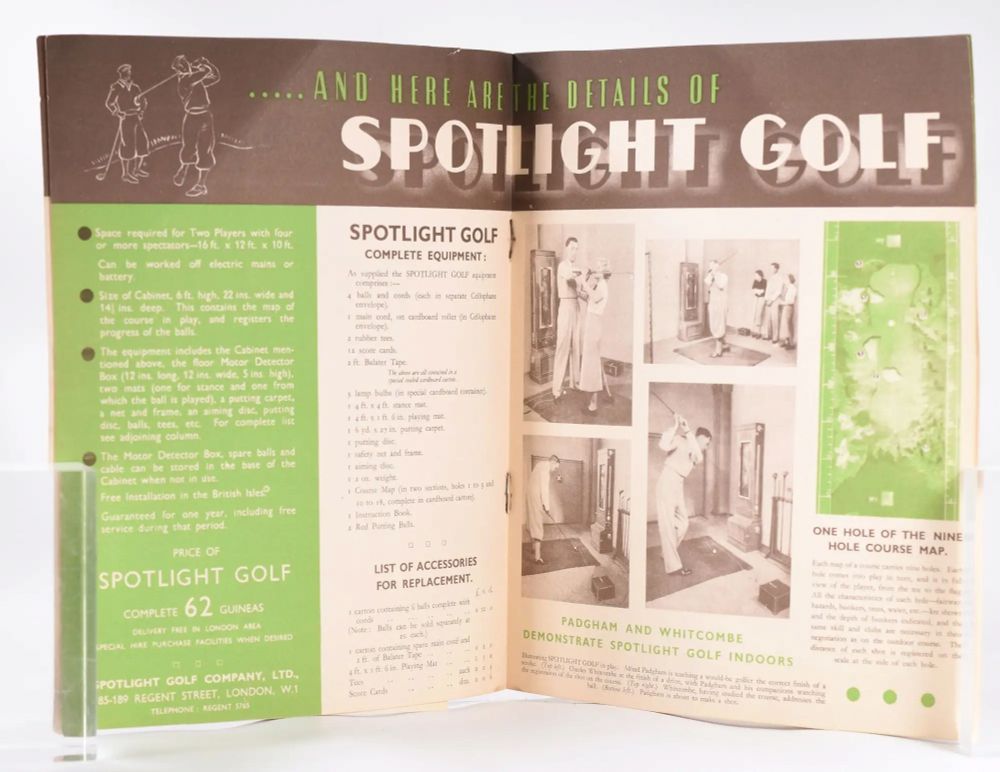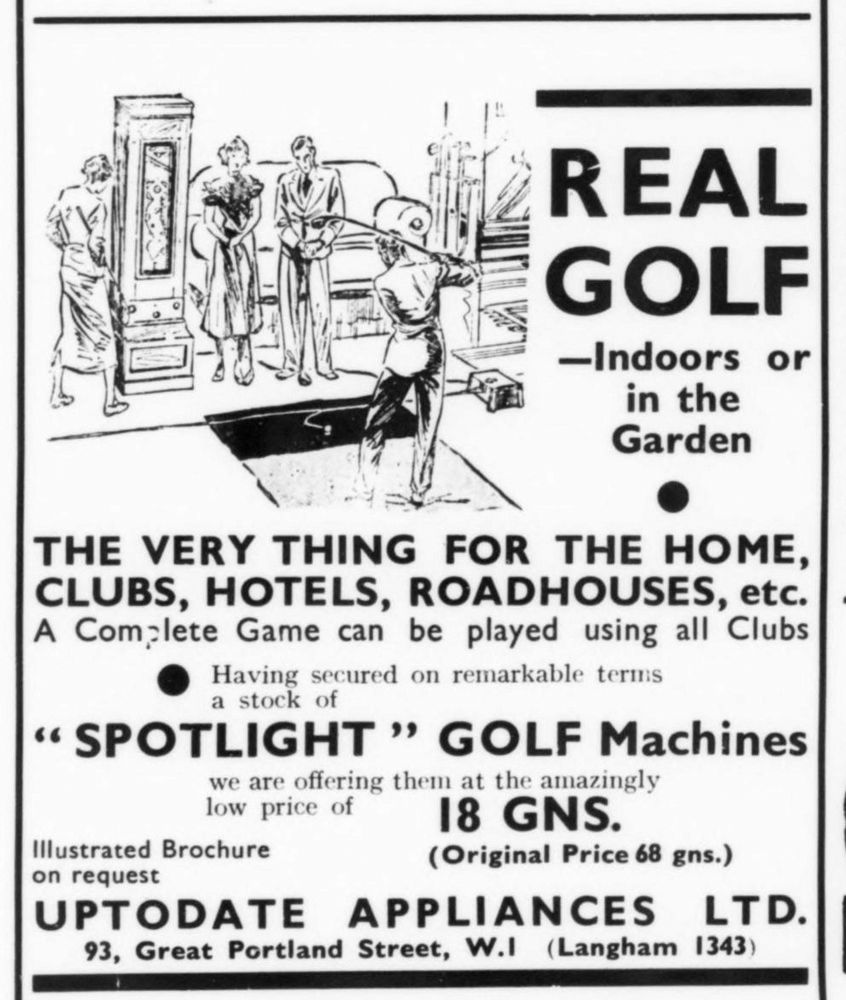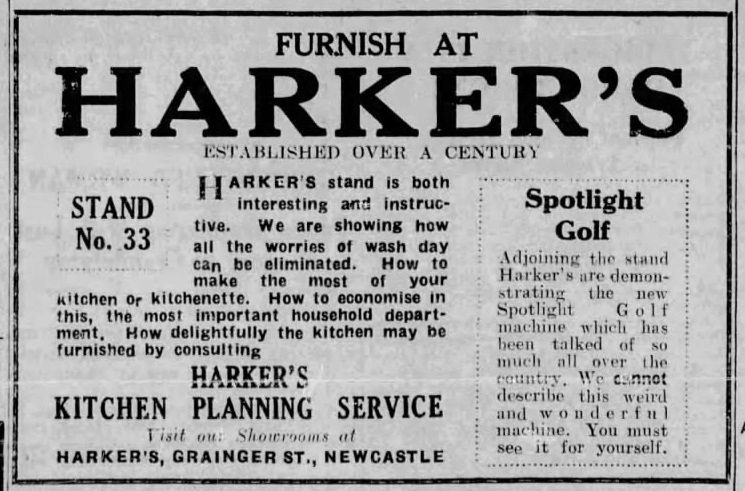A journey through the history of coin-op. Games, jukeboxes, vending, and more from the 1st century to the 20th!
Also @playhistory.bsky.social
It was expensive, distribution was limited, and the UK was on the verge of its most devastating war.
However, Spotlight Golf did leave an impact. Next time, we'll discuss more about its pioneering technology.


It was expensive, distribution was limited, and the UK was on the verge of its most devastating war.
However, Spotlight Golf did leave an impact. Next time, we'll discuss more about its pioneering technology.
The coin-op industry took an interest in the device, but it never became fully automated due to needing attendance for the ball and the net.
Though in Montreal they did try quarter-per-play pricing.




The coin-op industry took an interest in the device, but it never became fully automated due to needing attendance for the ball and the net.
Though in Montreal they did try quarter-per-play pricing.
Costing nearly 70 pounds for the operator and one shilling for nine holes, this wasn't the type of device one would simply find on a boardwalk.
Nevertheless, it made an impression at various exhibitions throughout the country.



Costing nearly 70 pounds for the operator and one shilling for nine holes, this wasn't the type of device one would simply find on a boardwalk.
Nevertheless, it made an impression at various exhibitions throughout the country.
EMI emphasized that Spotlight Golf was a perfect rainy-day replacement for getting out on the course.


EMI emphasized that Spotlight Golf was a perfect rainy-day replacement for getting out on the course.
www.ausgolfmuseum.com/media/
The game, called Spotlight Golf, premiered for the British public in May 1936.



www.ausgolfmuseum.com/media/
The game, called Spotlight Golf, premiered for the British public in May 1936.
For the golf game, relays allowed for the reliable tracking of different 'states' of the game.



For the golf game, relays allowed for the reliable tracking of different 'states' of the game.
His invention prior to working with Simon had involved a cutting-edge use of electrical relays.



His invention prior to working with Simon had involved a cutting-edge use of electrical relays.
But this version of the electric-powered golf machine never saw the light of day. It took a few more years of tinkering before Simon's invention came to fruition.

But this version of the electric-powered golf machine never saw the light of day. It took a few more years of tinkering before Simon's invention came to fruition.
The golf course - represented by a rolled-up sheet on a rotating drum - would move according to where the player had reached in the course. A pointer indicated where precisely on the 'map' a player had reached.


The golf course - represented by a rolled-up sheet on a rotating drum - would move according to where the player had reached in the course. A pointer indicated where precisely on the 'map' a player had reached.
Using a golf ball attached to a tether, players could whack the ball into a net and have it registered by the device. Gears and electrical components could transcribe how far the swing would have gone.


Using a golf ball attached to a tether, players could whack the ball into a net and have it registered by the device. Gears and electrical components could transcribe how far the swing would have gone.
He pivoted into electrical tech and was asked to create a device to measure the power of a golf drive. Despite having never played the game, he threw himself into the task.



He pivoted into electrical tech and was asked to create a device to measure the power of a golf drive. Despite having never played the game, he threw himself into the task.
Solenoids and electromagnets drove the action of early electro-mechanical pintables, and some novelty games went even further.



Solenoids and electromagnets drove the action of early electro-mechanical pintables, and some novelty games went even further.
While many games abstracted some of the complex parts of a sport, this was especially troublesome for golf - which largely relies on wide-open ranges.


While many games abstracted some of the complex parts of a sport, this was especially troublesome for golf - which largely relies on wide-open ranges.

